Resource Type: Essentials
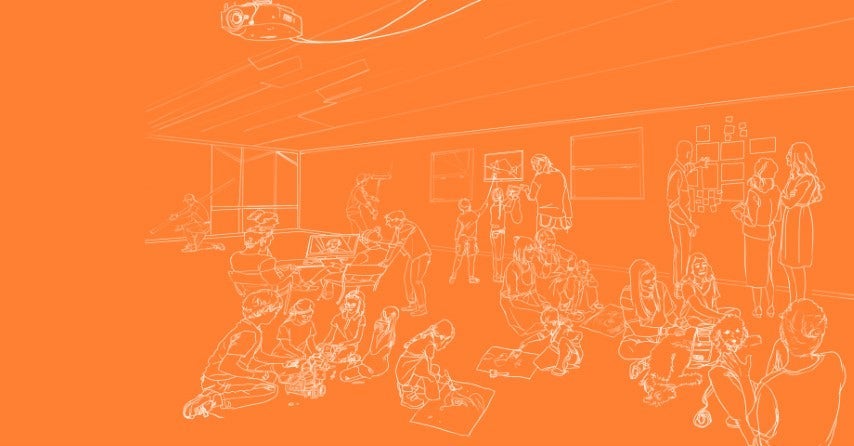
Creating shared and flexible learning spaces: A continuum for rethinking space
Space matters, but not having the money to invest in learning space design shouldn’t stop you from launching team-based models. This continuum is a tool to support decision-making for a phased approach for transforming learning spaces. We believe there is a continuum on which each team-based learning environment sits. Where it sits is usually a function of the level of investment the school or school system can make in shifting learning spaces in ways that have a positive impact on educators and students.
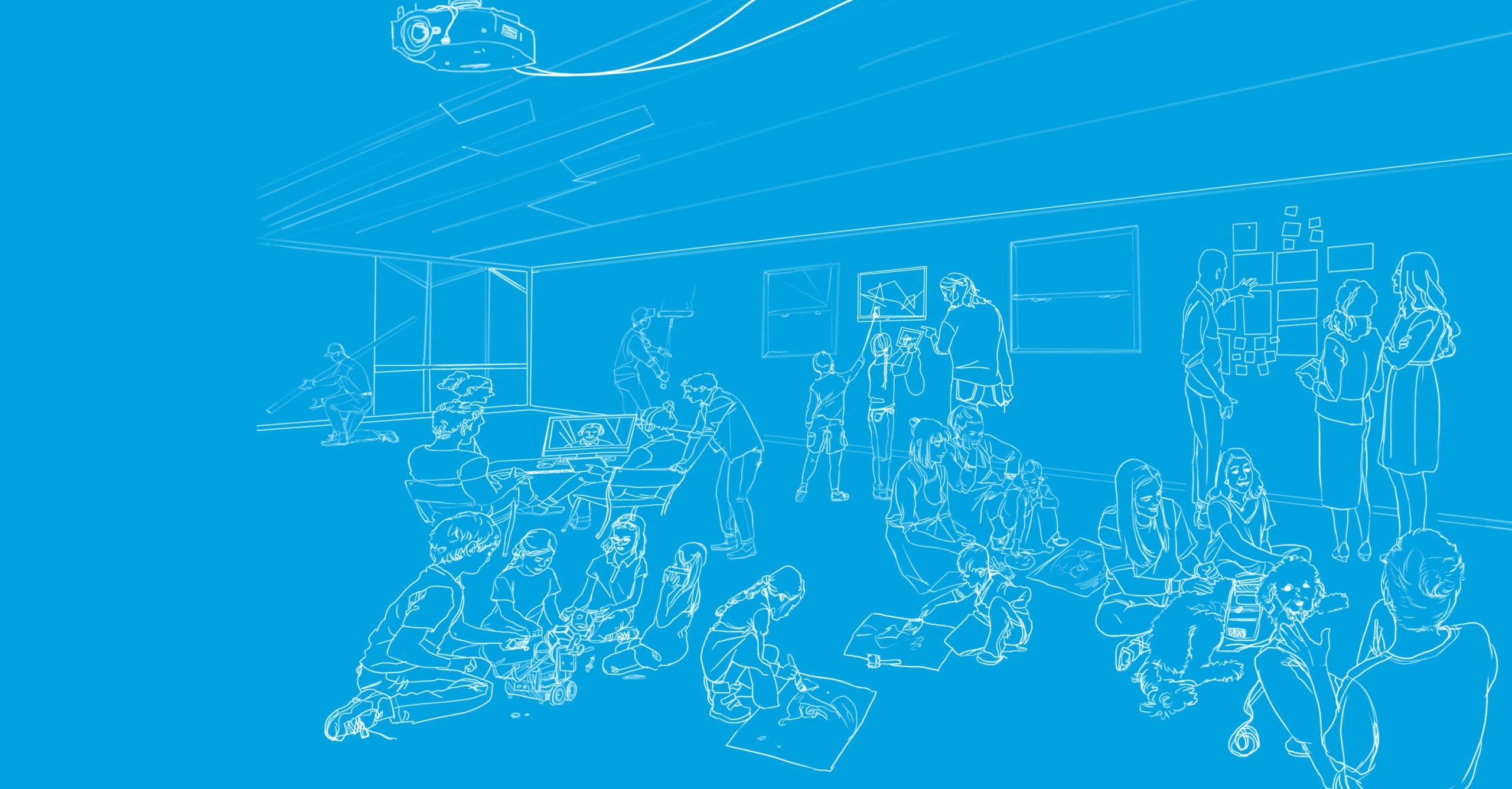
Relationships come first
Learn how MLFC works with schools and other partners to 1) provide all students with deeper and personalized learning by building teams of educators with distributed expertise and 2) empower educators by developing new opportunities for role-based specialization and advancement.
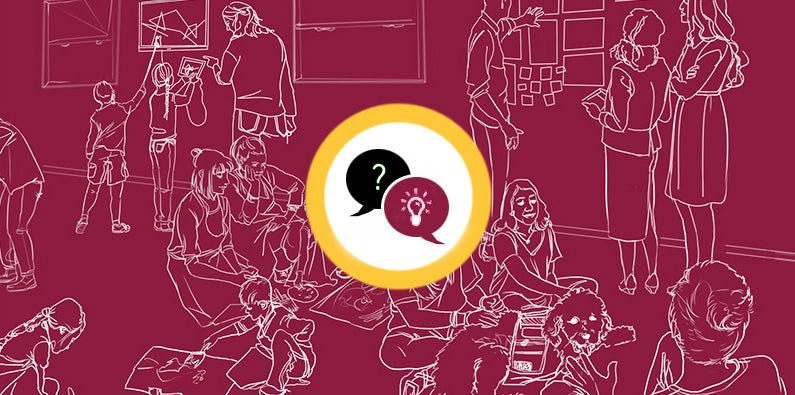
Video: What is the Next Education Workforce?
How the Next Education Workforce initiative at Arizona State University’s Mary Lou Fulton College for Teaching and Learning Innovation works with schools and other partners.

Stevenson’s team-based model
Hear from Stevenson Elementary School principal Krista Adams about educator teams’ dynamic approach to supporting students.
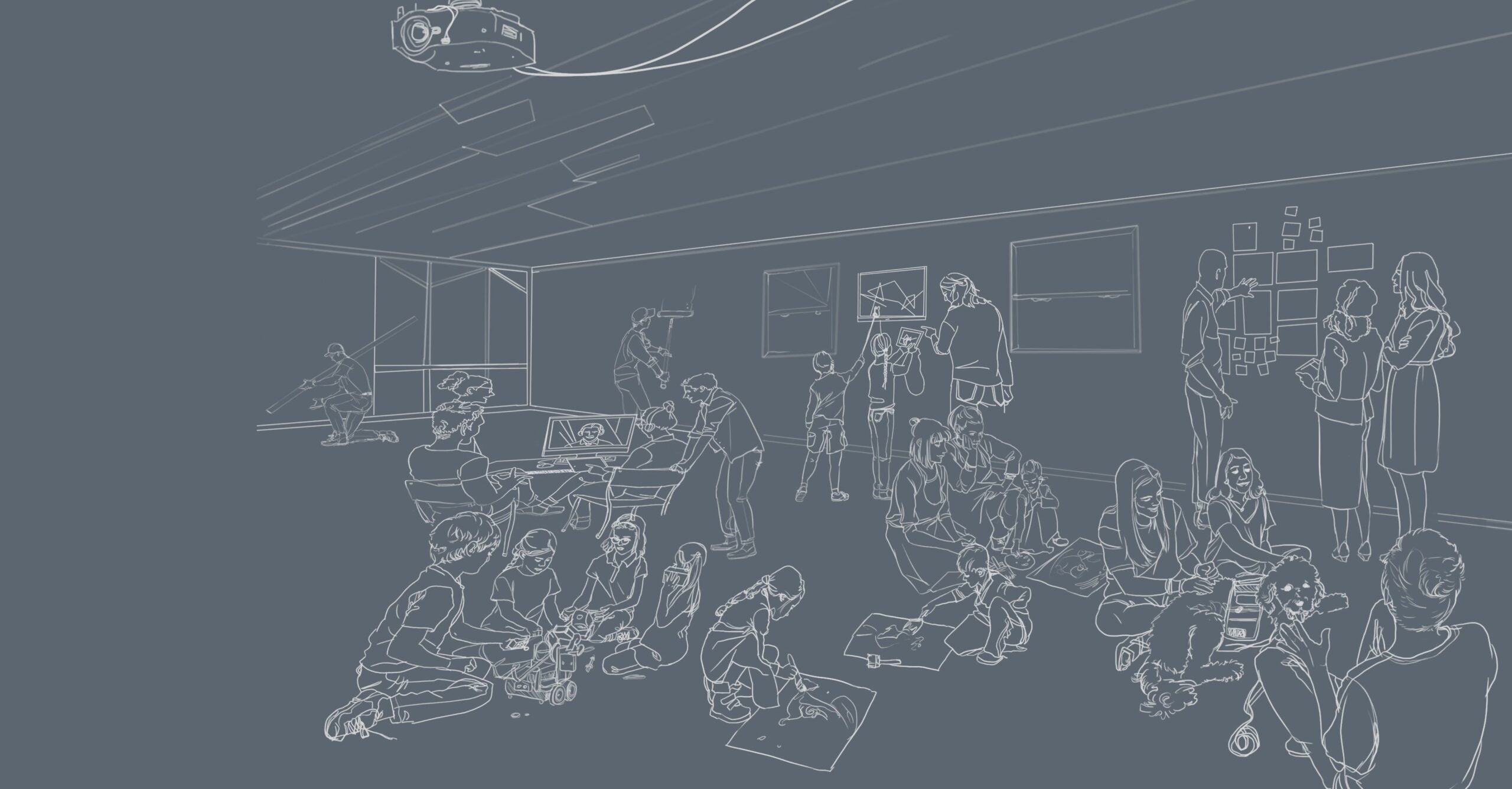
How teaming has impacted one lead teacher’s practice
Mountain View School kindergarten lead teacher Danielle Ashenbrener describes how a team-based approach has helped her to get to know her students better and to target student learning to meet individual students’ needs.

Changing the model: Building the Next Education Workforce
What’s normal in education is broken. In collaboration with school and community partners, Arizona State University’s Mary Lou Fulton College for Teaching and Learning Innovation is working to change that.

Principled Innovation: Redesigning education
Principled Innovation emboldens us to be able to ask the question, “We can, but should we?” This video, created by MLFC’s Principled Innovation Team, introduces Next Education Workforce models and explores how their development is an example of principled innovation.
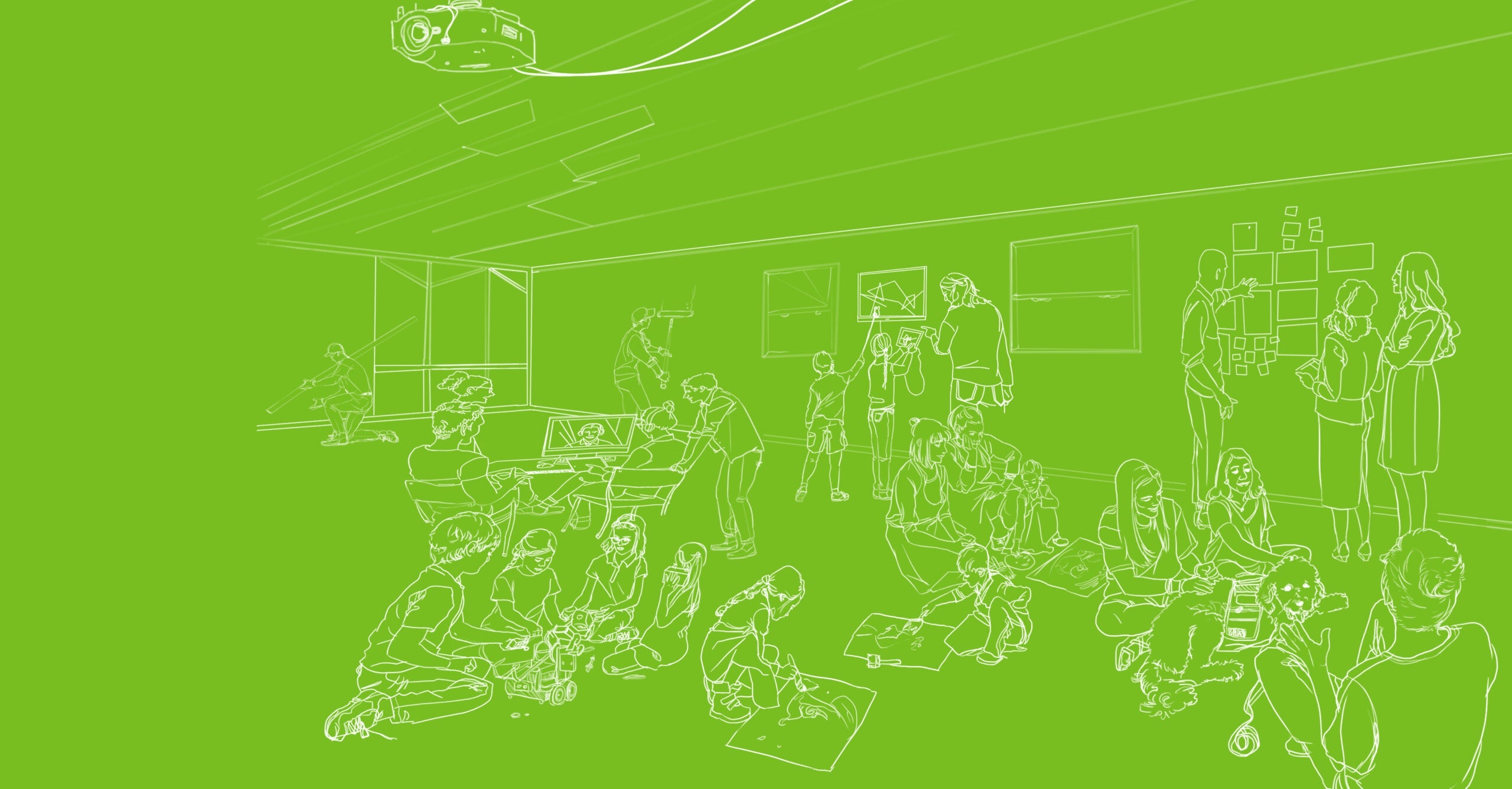
The relationship between deeper and personalized learning and teams of educators with distributed expertise
Hear from MLFC Dean Carole Basile about the relationship between deeper and personalized learning and teams of educators with distributed expertise.
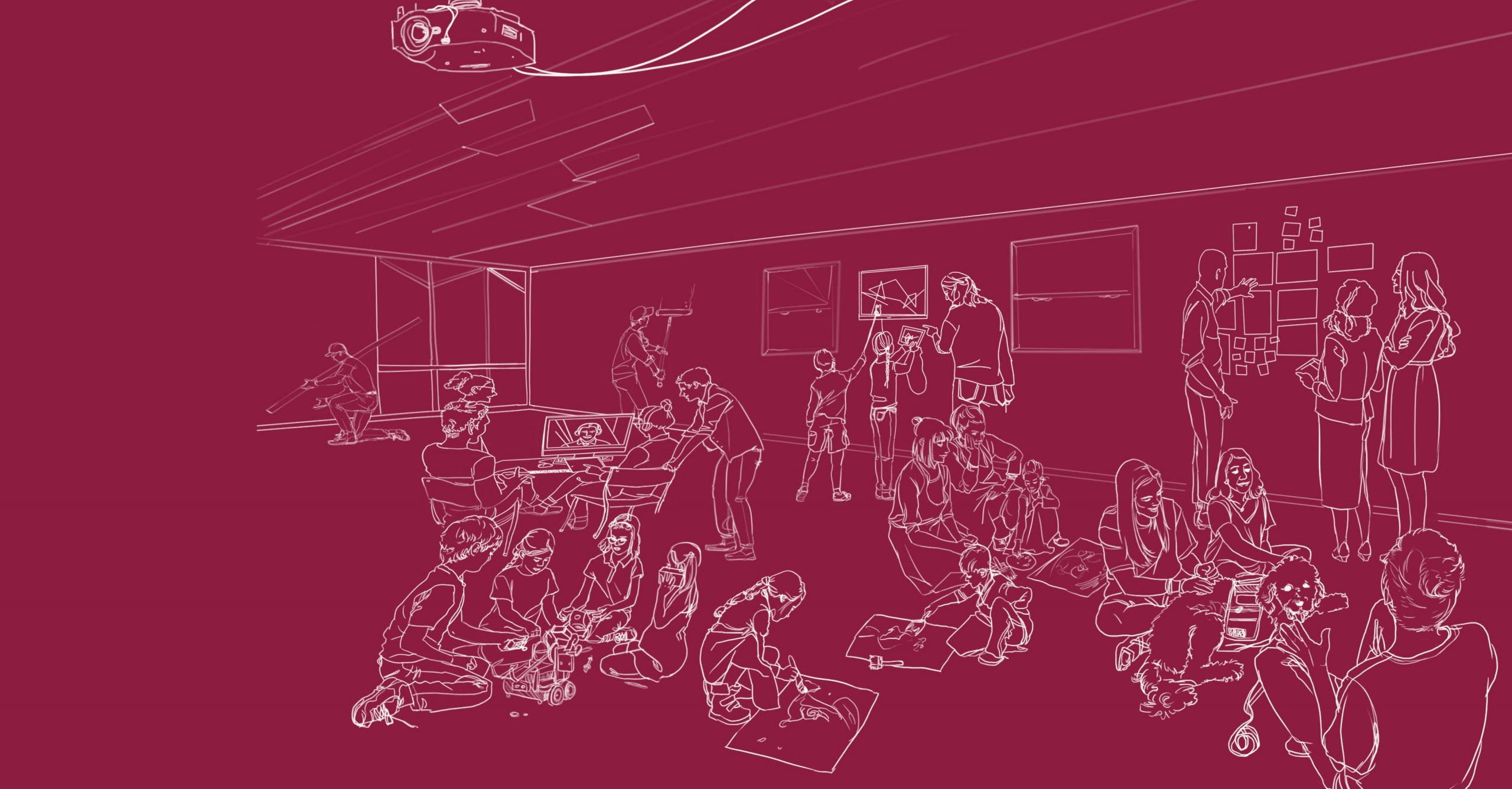
Elements of the Next Education Workforce
There is no one-size-fits-all Next Education Workforce model. The diverse contexts, assets and needs of each school inform the design and implementation of each model. However, all Next Education Workforce models share several common elements. This document describes the Elements of the Next Education Workforce found across dozens of schools that have launched successful team-based models.

The critical importance of the Next Education Workforce
Hear from MLFC Dean Carole Basile about why Next Education Workforce models are critically important, especially today.

Dr. Nicole Thompson, Division Director of Teacher Preparation at Mary Lou Fulton College for Teaching and Learning Innovation
Brent Maddin talks with Dr. Nicole Thompson, Division Director of Teacher Preparation at Mary Lou Fulton College for Teaching and Learning Innovation, about equity, paid teacher candidate residency models, and Principled Innovation.

Brent Maddin: What is the Next Education Workforce?
Host Brent Maddin shares how MLFC is working with schools and other partners to 1) provide all students with deeper and personalized learning by building teams of educators with distributed expertise and 2) empower educators by developing new opportunities for role-based specialization and advancement.

Ron Beghetto: Against technological macaroni art
Brent Maddin talks with Ron Beghetto, Professor and Pinnacle West Presidential Chair at ASU’s Mary Lou Fulton College for Teaching and Learning Innovation, about creativity, beautiful risks, and how we can improve education for all learners.

Teams and Distributed Expertise
Principal of Stevenson Elementary School Krista Adams shares how taking a teaming approach counters loneliness, empowers educators, and results in a better experience for both educators and students.

The benefits of teaming for students & educators
Mountain View School kindergarten lead teacher Danielle Ashenbrener describes why Next Education Workforce models are great for both students and educators.

The impact of teaming on the role of the school leader
Krista Adams talks about how her role as principal of Stevenson Elementary School has shifted as her school has adopted a Next Education Workforce model.

Benefits of teaming: Educator retention, educator leadership opportunities and student learning
Justin Wing, Assistant Superintendent of Human Resources at Mesa Public Schools, shares three benefits of Next Education Workforce models — educator retention, educator leadership opportunities, and student learning.

Two recommendations for adopting a Next Education Workforce model
Justin Wing, Assistant Superintendent of Human Resources at Mesa Public Schools, shares two recommendations for those considering adopting Next Education Workforce models: changing your mindset and starting slowly.

Teaming challenges: Working together & managing conflict
In this clip, Clinical Assistant Professor and Senior Program Strategist Kelly Owen shares what she sees as the biggest challenge for educators interested in adopting a team-based model and makes recommendations for how teams might overcome that challenge.

Advice for educators interested in adopting a team-based approach
Clinical Assistant Professor and Senior Program Strategist Kelly Owen shares two pieces of advice for educators interested in adopting a team-based approach.

The value of distributed expertise
Professional Pathways Site Lead Valerie Roderick describes how educators can learn and grow from being members of teams that distribute their expertise. She also makes the connection between teaming and the issue of educator burnout: we can’t expect educators to be all things to all people at all times, and distributing expertise helps to make educators’ jobs manageable.

Principled Innovation®
Principled Innovation® is our ability to be able to ask the question, “We can, but should we?” In this clip, MLFC Dean Carole Basile describes the connection between Principled Innovation and Next Education Workforce models.

Benefits of Teaming: Support, Complementary Strengths, and Multiple Mentors
In this clip, MLFC Resident Jordan Dick describes what she sees as the benefits of working on a team of educators with distributed expertise.

The impact of the teaming model on teams with teacher candidates
Here, Kelly Owen, Clinical Assistant Professor and Senior Program Strategist, describes the impact of Next Education Workforce models on Lead Teachers, Teacher Candidates and students.

